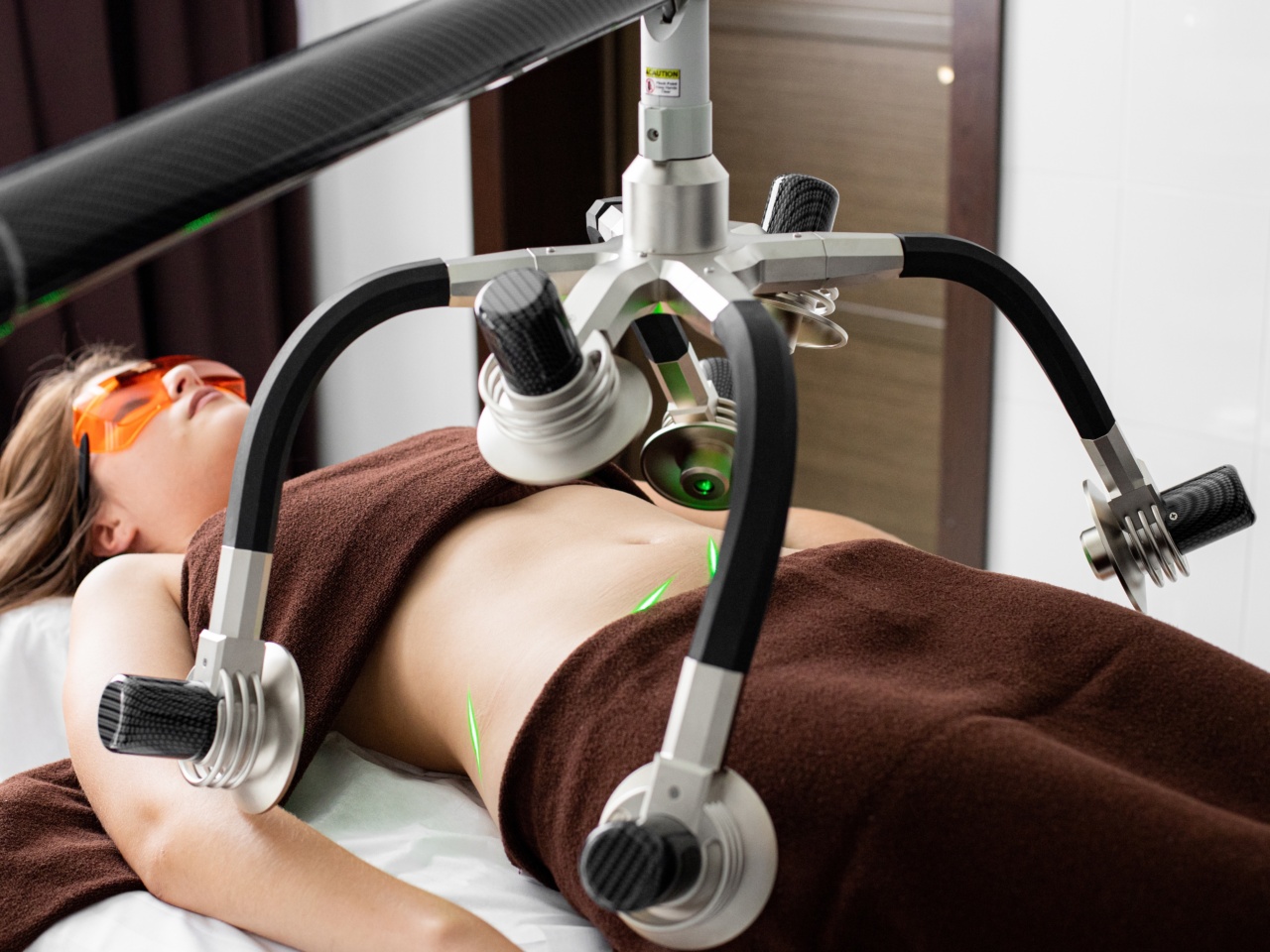Myopia, also known as nearsightedness, is a common refractive error that affects millions of people worldwide. It occurs when the eye is unable to focus on distant objects clearly, resulting in blurred vision.
While glasses and contact lenses have been the primary methods of correcting myopia, laser treatment has emerged as a popular alternative in recent years. Laser treatment, also referred to as refractive surgery, aims to reshape the cornea to improve vision and reduce dependency on corrective lenses. However, not all individuals with myopia are suitable candidates for laser treatment.
In this article, we will explore the criteria that determine whether someone is eligible for laser treatment of myopia.
Evaluation of Refractive Error
Prior to considering laser treatment, it is crucial to assess the severity of refractive error. Myopia is measured in diopters (D), with higher diopter values indicating more significant myopia.
Generally, individuals with mild to moderate myopia (up to -6.00 D) are considered good candidates for laser treatment. Severe myopia (over -6.00 D) may require alternative treatment options.
Stable Prescription
Another important criterion for laser treatment is a stable prescription. The refractive error should not have significantly changed in the past year or two.
Stability is essential as fluctuations in prescription can impact the effectiveness and long-term results of the laser procedure. A stable prescription ensures that the cornea can be accurately reshaped for optimal vision correction.
Age Requirements
The age of the individual plays a significant role in determining eligibility for laser treatment of myopia. While myopia can develop at any age, the stability of the condition is an important consideration.
Laser treatment is typically recommended for individuals aged 18 and above, as the eyes tend to stabilize by this point. However, in certain cases, laser treatment may be considered for those under 18 if their myopia has remained stable for a significant period.
General Eye Health
The overall health of the eyes is crucial for successful laser treatment. Certain eye conditions, such as glaucoma, cataracts, or severe dry eye syndrome, may complicate the procedure or affect its outcomes.
Additionally, any untreated eye infections, injuries, or diseases should be addressed before considering laser treatment. It is essential to undergo a comprehensive eye examination to evaluate the health of the eyes and ensure there are no underlying conditions that may contraindicate laser treatment.
Corneal Thickness
Corneal thickness is an important factor that determines eligibility for laser treatment. The laser procedure involves removing a thin layer of corneal tissue to reshape the curvature.
Therefore, individuals with thin corneas may not be suitable candidates for laser treatment. A minimum corneal thickness is necessary to ensure the structural integrity of the cornea remains intact after the procedure. A thorough examination of corneal thickness is necessary to assess eligibility for laser treatment.
Pregnancy and Nursing
Pregnancy and nursing can cause hormonal changes that may affect refractive error. As a result, it is recommended to defer laser treatment until hormonal levels stabilize after pregnancy and nursing.
This ensures accurate assessment of the refractive error and optimal outcomes of the procedure.
Realistic Expectations
Individuals seeking laser treatment for myopia must have realistic expectations regarding its outcomes. While laser treatment can significantly reduce dependence on corrective lenses, it may not guarantee perfect vision.
The goal of laser treatment is to improve vision and enhance quality of life, but it is important to understand that some level of residual refractive error or the need for glasses in specific situations may persist.
Mental and Emotional Readiness
Undergoing laser treatment is a personal decision that requires mental and emotional readiness. It is essential to have a clear understanding of the risks, benefits, and potential outcomes of the procedure.
It is advisable to consult with family, friends, or healthcare professionals to assess readiness and gather as much information as possible before making a decision.
Post-Treatment Commitment
Laser treatment for myopia requires careful post-treatment care and follow-up appointments. It is crucial to adhere to the prescribed medication and routine visits to the ophthalmologist or surgeon.
Compliance with post-treatment instructions and proper care of the eyes is necessary for successful outcomes and minimizing any potential complications or side effects.
Conclusion
Laser treatment provides a viable option for individuals seeking to correct myopia and reduce their dependency on corrective lenses. However, several criteria must be met to ensure the safety and efficacy of the procedure.
Evaluation of refractive error, stability of prescription, general eye health, corneal thickness, age, and mental readiness are all important factors to consider. Discussing these criteria with an ophthalmologist or refractive surgeon is crucial for determining eligibility for laser treatment.



























